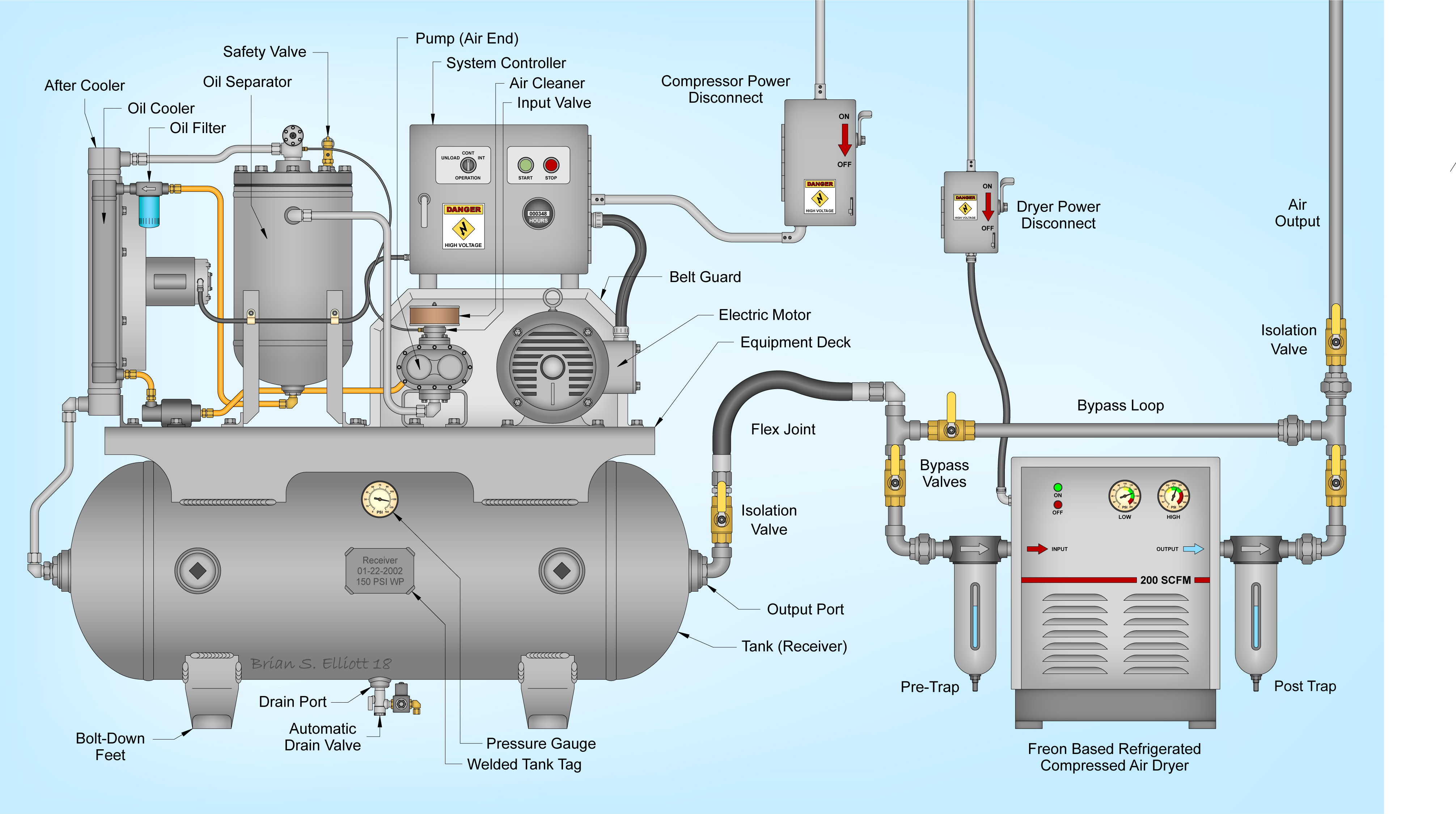Flange gasket storage is typically an after-thought for many of our clients. While incorrect gasket setup treatments is the # 1 offender when it comes to gasket failure, gasket storage can play a big role in the quality of the gasket being set up.
Get the A lot of Out of Your Flange Gaskets
Flange gaskets are highly crafted products, and their efficiency depends upon numerous factors. Design, manufacture, setup, and procedure conditions are all crucial, however so is storage before use. Gasket products frequently stay in storage for a long time prior to they are positioned into service. Sadly, storage practices for gasket products are generally not optimum or controlled all right. This article provides assistance for the storage of various gasket products to preserve their stability.
Non-metallic Gasket Product - Gasket StorageGasket products are divided into 3 primary categories: non-metallic, semi-metallic and metallic. Non-metallic gaskets, or soft gaskets, are made from products such as rubber, fiber, polytetrafluoroethylene (PTFE) and graphite. The product residential or commercial properties make them ideal for flat-faced applications with low pressures. Metal gaskets are made from one or a combination of metals. Semi-metallic gaskets are composed of metal and non-metallic products. The metal is meant to use strength and strength while the non-metallic components supply conformability and sealabililty. These kinds of gasket are used in higher-pressure applications. The most typical semi-metallic gaskets are spiral injury gaskets.
Shelf life is specified as the time period throughout which a material may remain appropriate for usage during storage. While rack life is a term usually discussed with regard to storage and not http://slangsnowboard.com/sjarthfs9a/post-your-worst-nightmare-27943.html service life, it is essential to keep in mind that storage conditions can impact service life. Rack life varies depending on item requirements and substance style. Gasket materials generally remain in storage for several months before they are used. Rack life is a crucial consideration for the end user. Gasket destruction can be the outcome of a mix of factors such as oxygen, ozone, light, heat, humidity, oils, water, solvents, acids and vapors.
The Effect of Element Material
Materials with elastomeric binders will undoubtedly degrade over time. These gasket products are extensively used in lots of industries and have proven to offer reputable service in bolted flange connections. Elastomer-bonded fiber materials can be made from complex products. The primary elements include a rubber (elastomer) binder, enhancing fibers and filler elements. The aging process of these kinds of gaskets includes an irreparable chemical procedure, and they are extremely susceptible to deterioration from greater ambient temperatures. Deterioration is also typically accelerated by direct sunlight. The enhancing fibers are often considered the most stable of the parts, however modern fibers do gradually dry out, weather condition and weaken.
Filler elements are frequently the biggest factor to gasket deterioration. These components are available in numerous forms from several chemical households and are normally unique to every producer. They are selected and combined to optimize gasket performance. The speed in which this process takes location is extremely depending on the product structure along with its quality and storage conditions.
There are gasket materials, nevertheless, that are essentially inert and unaffected by extended storage durations. For graphite and PTFE gaskets which contain no binders, sheets and gaskets of these materials have a virtually indefinite life span.
When it comes to metal and semi-metallic gaskets with graphite or PTFE soft product, the theoretical shelf life is boundless in ideal conditions. In reality excessive dust might cause compatibility concerns with the procedure, while direct exposure to humidity and wetness can cause oxidation of the metal parts.
Poor storage environments can cause premature decrease in quality, specifically when conditions of elevated temperature, inappropriate humidity levels and strong light exist.
Optimal storage conditions are defined as:
Temperature range: in between 40 ° F (5 ° C) and 80 ° F( 25 ° C). Storage of gaskets in freezing conditions is not advised. While direct exposure to freezing temperatures may temporarily harm the gasket, it should be permitted to warm to room temperature level conditions prior to being positioned into service.
Relative humidity: 40 to 75 percent.
Condensation needs to not be permitted to occur.
Light: Dark storage room.
Non-ultraviolet (UV) or low-UV producing lights.
Minimal dust content and the absence of chemicals stored in distance.
Without getting into the details of the wide variety of variables that affect the natural lifespan of each element, the useful life of gasket material is challenging to identify when storage environments vary from the advised conditions. However, if storage standards are followed, there are some normally accepted storage periods for various products. As an example, some standards for common elastomer compounds are displayed in Table 1. Seek advice from the gasket producer, as different binders and fibers might have unique requirements.
Considerations for the Physical Storage Environment.
In addition to the storage environment, physical storage conditions can impact life span. Cut gaskets, for instance, need to be saved flat. This is especially appropriate to large gaskets that, when suspended from very little points, may suffer stress and long-term deformation, resulting in fitting difficulties and damage of the product. If you select to keep cut gaskets on a pegboard, distortion may take location if they are kept there for a prolonged quantity of time. Gloves ought to be worn when dealing with these products to avoid oil deposits.
Please note, particularly for elastomer bonded fiber sheets, although boxes and cardboard tubes are approved techniques of transportation of sheets in rolled kind, they should not under any scenarios be utilized as long term storage (see Figure 1). The factors being that the sheets will "set" in the rolled shape and subsequently resist being opened flat. This will then result in an irregular corrugated shape when rolled out. When trying to flatten out sheets that have actually been kept rolled for a specific amount of time, little fractures or cracks may develop, which might later lead to leakages.
Spiral injury gaskets ought to be kept flat to prevent stress and warping. Using spacers is motivated to avoid damages that could strike the sealing faces.
All gaskets need to be branded or labelled so they can be plainly identified. Also, the age/storage time in the warehouse needs to be tracked correctly. If possible, keep the gasket storage area far from big getting doors. Set up a curtain around the area to prevent direct drafts. Cover the instant top of gaskets from direct light exposure and dust.
Following those basic guidelines can make sure that the length of time gaskets are kept will not affect their performance when positioned into service.

Jay Turner Company
1012 N 1st St, Artesia
NM 88210, USA
575-746-1730









